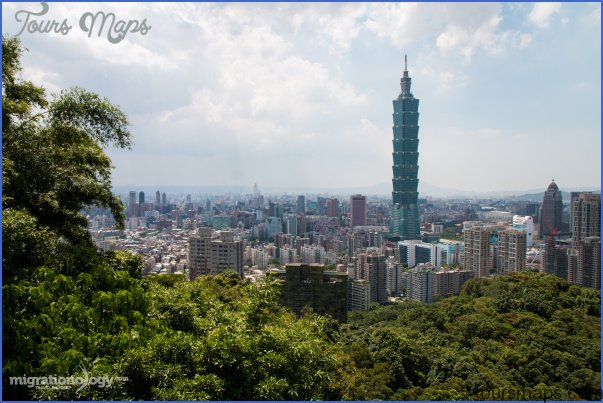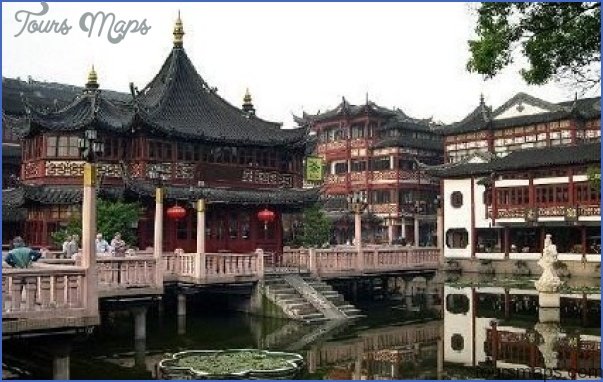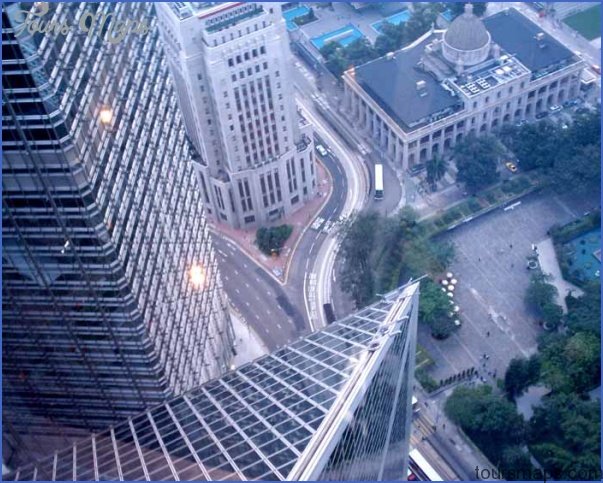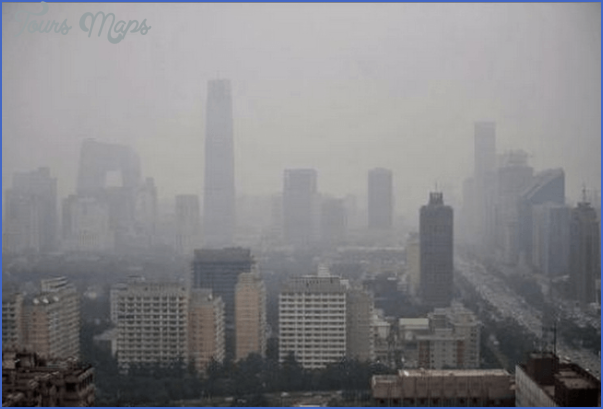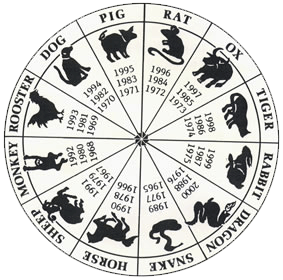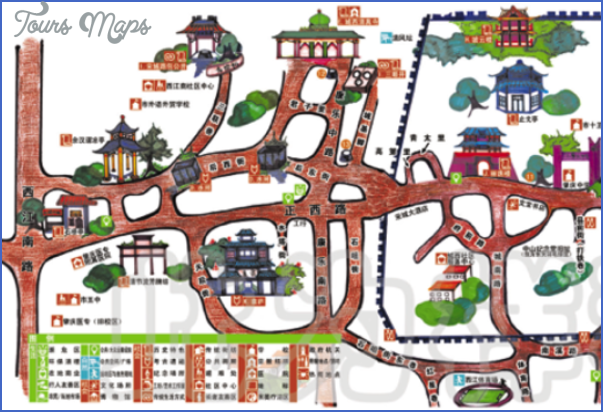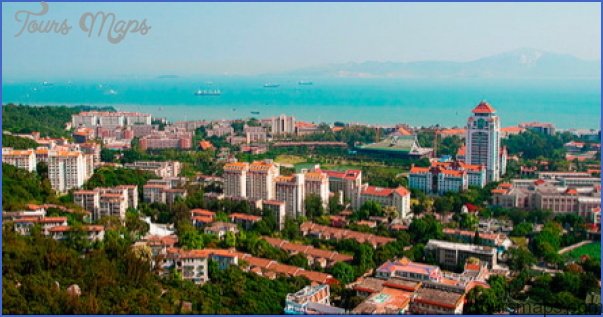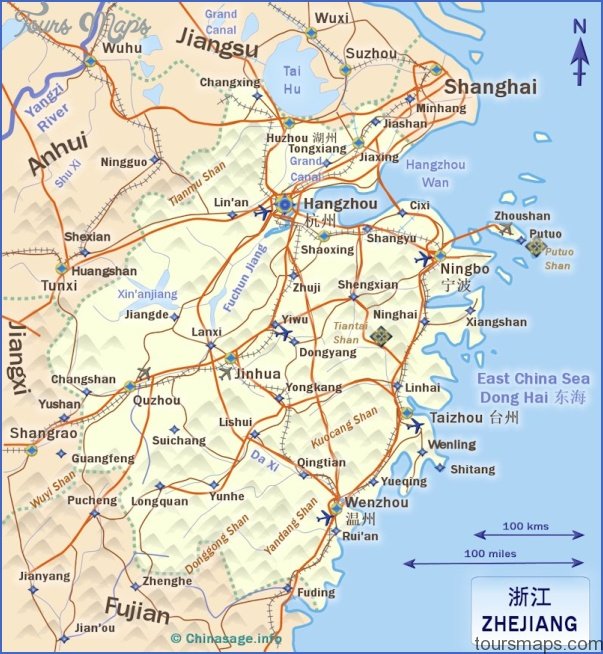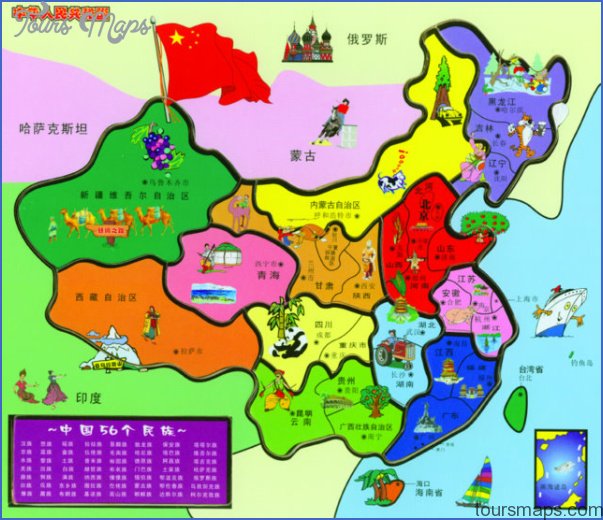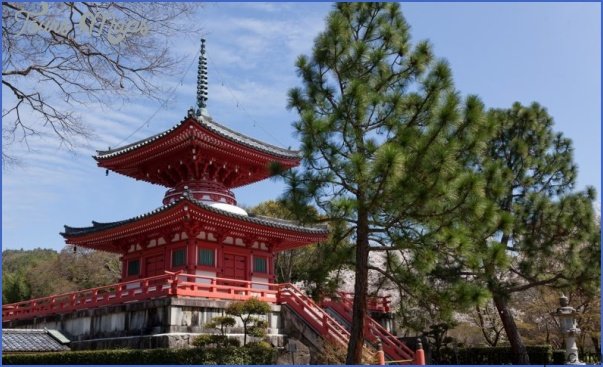Category: China
After the peasants’ revolt at An Lushan, Du, an official’s son was, forced to leave the capital of Chang’an, withdrawing in 759 to Chengdu in Sichuan province, where he …
Nanjing can be reached by plane, by boat from Shanghai or Wuhan or by rail on the Beijing-Shanghai- Fuzhou line. It is situated 1157km/ 717 miles from Beijing and …
Going east from Wan Chai we cross into the district of Causeway Bay, which has developed into a popular shopping and restaurant area since the opening of the road …
Although it covers 54,000km/33,500 miles, the Chinese railway network is barely adequate with significant gaps in the north and southwest. About 16% is electrified. In the 70s and 80s …
I suppressed, boycotted or undermined by regulations. The merchant class occupied a very lowly position in the social hierarchy and were despised for their materialism. The state refused to …
Province: Guangdong. Area: 197sq.km/76sq. miles Population: 199,000 (conurbation 5,270,000) Zhaoqing is situated on the Xijiang river, in the centre of Guangdong province, at 112°25’E and 23°05’N. From the provincial …
Lu Xun, China’s most celebrated modern writer, was said to be a lonely Lu Xun shy man and yet was inextricably linked with events in his country. He (1881-1936) …
Area: 13sq.km/5sq. miles. Population: 117,000 (conurbation 666,000) Jiaxing is situated at 120°45’E and 30°43’N, in the extreme north of the province of Zhejiang, north-east ofthe provincial capital Hangzhou, in …
The Chinese civilisation, which developed along the muddy, fertile banks and in the wet lowlands of the Changjiang, was chiefly an agricultural culture. Recent excavations have revealed that even …
Dai Jin (1388-1462) ranks among the most influential artists of this period and he was the founder of the Zhejiang School. His works, which betray a gift for close …
